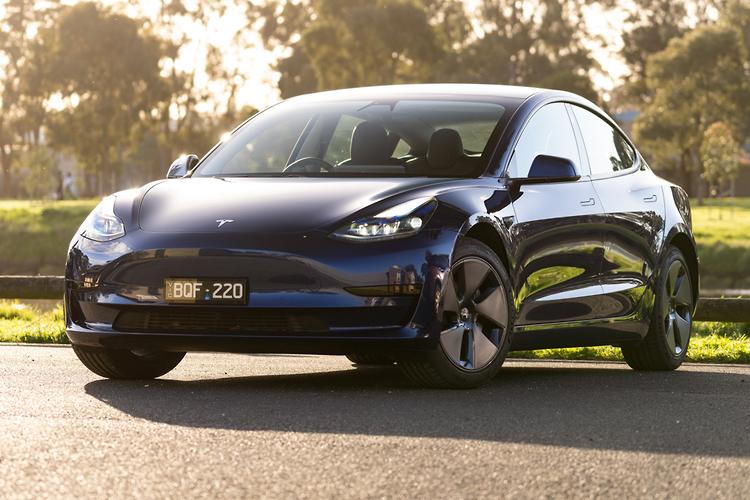With the rapid growth of electric vehicles (EVs) in recent years, understanding the charging process and its time requirements has become crucial for both current and prospective EV owners. One common question that arises is, "How long does it take to charge an electric car on 220V?" In this comprehensive guide, we will delve into the intricacies of EV charging on a 220V power supply, providing you with valuable insights and practical information.
- The Basics of Electric Car Charging:
Before we explore the charging time on a 220V power source, let's briefly review the fundamentals of EV charging. Electric cars typically rely on two primary charging methods: AC (alternating current) charging and DC (direct current) charging. AC charging is the most common method used for residential and public charging stations, while DC charging is predominantly available at fast-charging stations. - Understanding 220V Charging:
When it comes to charging an electric car on a 220V power supply, it's important to note that this voltage level is commonly associated with Level 2 charging. Level 2 charging stations provide higher power output compared to standard household outlets (110V), resulting in faster charging times. Most EV owners choose to install Level 2 charging equipment at home for convenience and efficiency. - Factors Affecting Charging Time:
The time required to charge an electric car on 220V depends on several key factors:
a. Battery Capacity: The size of the EV's battery pack plays a significant role in determining the charging time. Larger battery packs take longer to charge compared to smaller ones.
b. Charging Speed: The charging speed is measured in kilowatts (kW). Different EV models have varying charging capabilities, with some supporting higher charging speeds than others. The charging speed directly affects the time required to replenish the battery.
c. State of Charge (SoC): The current charge level of the battery, often referred to as the State of Charge, impacts the charging time. Charging from a lower SoC to a higher SoC generally takes longer due to the battery management system's charging algorithms.
d. Charging Infrastructure: The quality and capacity of the charging infrastructure also influence the charging time. Upgraded charging stations with higher power output can significantly reduce the time required to charge an electric car on 220V.
- Estimating Charging Time:
While it's challenging to provide an exact charging time for all electric cars on a 220V power supply, we can offer a general estimation. On average, a Level 2 charger with a power output of 7.2 kW can add approximately 25-30 miles (40-48 kilometers) of range per hour of charging. Therefore, if your EV has a 200-mile (322-kilometer) range and the battery is completely depleted, it would take approximately 7-8 hours to fully charge it on a 220V power supply. - Optimizing Charging Time:
To make the most of your charging time, consider the following tips:
a. Time-of-Use Charging: Take advantage of utility programs that offer lower electricity rates during off-peak hours. Charging your EV during these periods can be more cost-effective and help reduce strain on the power grid.
b. Smart Charging Solutions: Explore smart charging solutions that allow you to schedule and optimize your charging sessions. These systems can automatically adjust the charging rate based on factors like electricity rates, grid demand, and your desired departure time.
c. Battery Preconditioning: Some EVs offer a feature called battery preconditioning, which allows you to warm up or cool down the battery before charging. This can optimize the charging process and potentially reduce charging time.
Conclusion:
Charging an electric car on a 220V power supply offers a convenient and efficient way to replenish your EV's battery. While the exact charging time varies depending on various factors, understanding the basics and optimizing your charging routine can help you make the most of your EV ownership experience. Embrace the future of transportation and enjoy the benefits of electric mobility with the knowledge and confidence to charge your vehicle effectively.





More Stories
Does a 4G Industrial Grade LTE WiFi Router with SIM Slot Work as a Reliable Wireless WAN Gateway?
Longhua's Government and Enterprises Have Made New Progress in Overseas Expansion, Securing Orders Exceeding 20 Billion Yuan
HDI PCB: Powering High-Density Electronics and Compact System Innovation